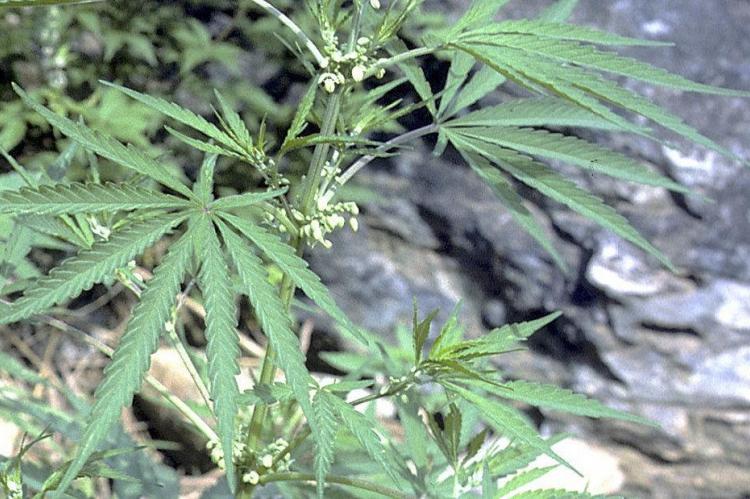USDA undercuts Washington hemp testing policy
The USDA's proposed hemp rules would toss aside a testing policy that advocates hoped would finally make Washington a top hemp-producing state.
The USDA says the testing protocol it recently outlined would best measure the level of the intoxicating chemical THC in harvested hemp plants. The procedures, however, differ from ones Washington planned to implement next year to keep hemp from testing "hot."
Exceeding the USDA’s limit of 0.3% THC would cause a hemp crop to be considered marijuana, which remains illegal under federal law and would then have to be destroyed under the new USDA regulations.
The Washington Department of Agriculture will adapt to whatever the USDA settles on, said Jessica Allenton, assistant director for the Commodity Inspection Division. "We're working on a plan that conforms with the USDA's requirements," she said.
Testing procedures are among the details that must be worked out as hemp moves into mainstream agriculture. When and how hemp is tested will influence whether the plants exceed the THC threshold and must be destroyed.
Washington lawmakers this year approved testing procedures favorable to low THC results. The USDA protocol would lead to more plants failing, said Bonny Jo Peterson, executive director of the Industrial Hemp Association of Washington.
"That'll put farmers in jeopardy. I think it will cause a lot of farmers to not grow," she said.
Key differences include what part of the plant would be tested. Washington planned to measure the THC as a percentage of the whole plant. USDA proposes to test just the flowering part.
The USDA also has proposed laboratory procedures that can result in higher THC levels. Different methods and laboratories can come up with different results. One hemp sample that tested hot in Spokane was re-tested by the state agriculture department in Yakima and passed, Allenton said.
Another key difference would be when plants are tested. The USDA proposes testing plants within 15 days of harvest. Washington planned to test plants sometime after they're harvested.
The USDA says it wants plants to be tested as close to harvest as possible. The longer the plants grow, the higher the THC level. A 15-day window will allow for delays caused by weather and equipment breakdowns, according to the USDA.
That could cause a backlog as many farmers seek to harvest at roughly the same time. Operating under interim rules, three Washington inspectors this year collected samples within 30 days of harvest and submitted them to a private laboratory in Spokane.
With less time for testing, the state may need more hemp inspectors and may need to contract with more laboratories, Allenton said.
The USDA will take public comments on the hemp rules until Dec. 30. Snohomish, Wash., farmer Julian Sibley was among the early commentators.
Sibley said in an interview Nov. 8 that his farm hopes to plant hemp for the first time next year. He said the USDA's testing proposal was too strict, especially in a state with legal marijuana.
"If people want THC, they're not going to buy hemp," he said.
This year was Washington's first sizable hemp crop. More than 100 farmers registered to grow about 6,000 acres of hemp. The state will not require farmers to report how much they actually grew.
Washington lags far behind Oregon in hemp production. Peterson said she had expected Washington to close the gap next year because Oregon has opted for stricter testing procedures.
"Next year would have been at least a 10-fold increase," she said.
Sibley said his farm still plans to plant hemp, even if the USDA sticks with the testing procedures it proposed. Growers will have to monitor their plants and harvest before THC levels are too high, he said.
"Even having an inferior crop will be better than having to burn it," he said. "Are people going to take the risk? Absolutely. But it'll be interesting."
- Log in to post comments

